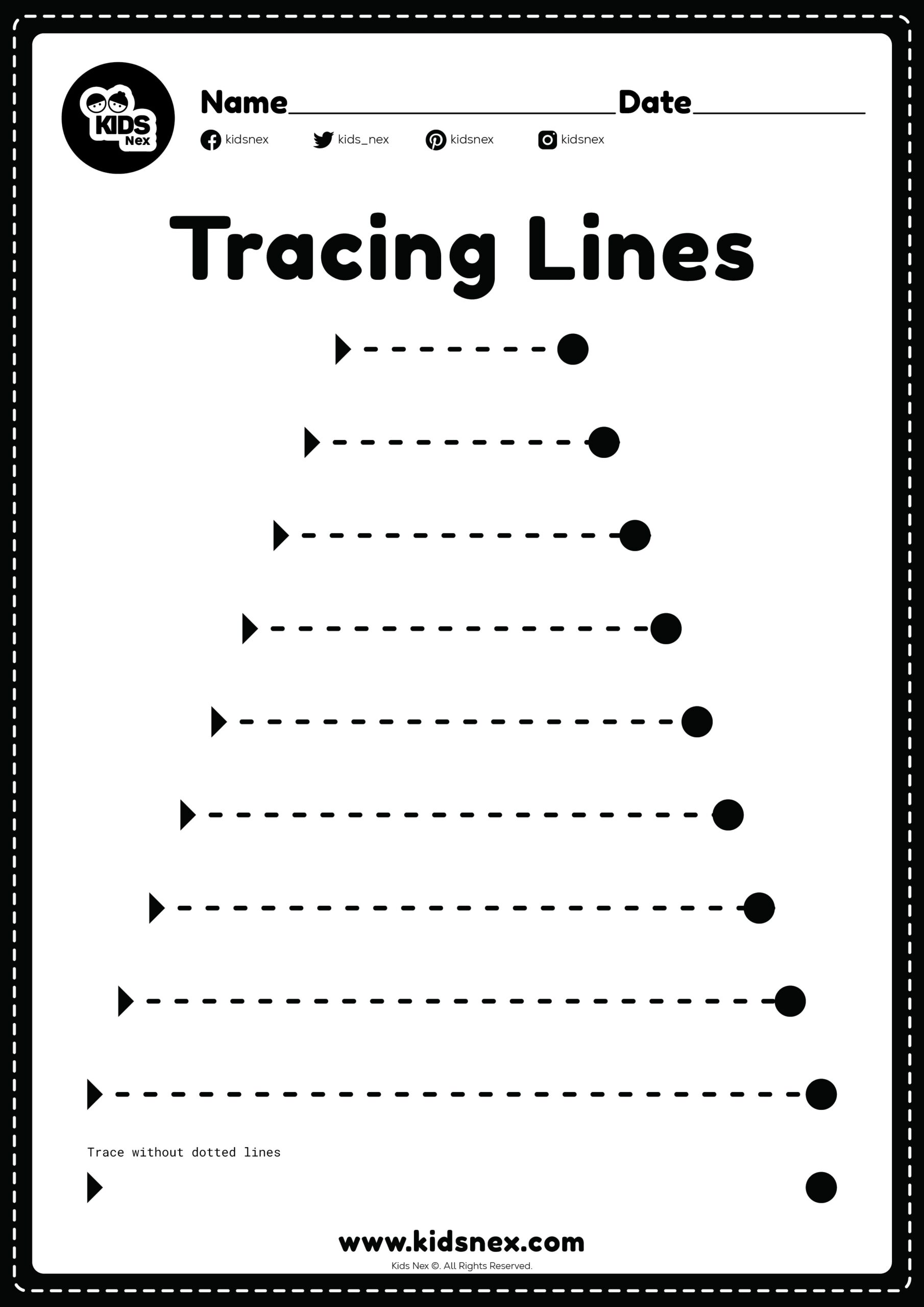Kindergarten worksheets are a great way to introduce young students to basic concepts such as writing, shapes, and colors. One important aspect of these worksheets is the use of different types of lines to help children develop their fine motor skills and handwriting abilities. Let’s take a look at some of the different lines that can be incorporated into kindergarten worksheets.
1. Straight Lines: Straight lines are the most basic type of line and are often the first ones introduced to young children. These lines help children practice drawing straight lines from one point to another, which is essential for learning how to write letters and numbers.
2. Curved Lines: Curved lines are another important type of line that can be included in kindergarten worksheets. These lines help children practice making smooth, rounded shapes, which are essential for forming letters like ‘o’ and ‘c’.
3. Zigzag Lines: Zigzag lines can add a fun and challenging element to kindergarten worksheets. These lines help children practice changing directions and making sharp angles, which can be helpful when learning to write letters with diagonal lines like ‘v’ and ‘w’.
4. Dotted Lines: Dotted lines are a great way to guide children as they practice tracing shapes and letters. These lines provide a visual cue for children to follow, helping them develop their fine motor skills and hand-eye coordination.
5. Dashed Lines: Dashed lines can be used to help children practice forming letters and numbers with a consistent size and shape. These lines can also be used to create patterns and designs for children to trace and color in.
Overall, incorporating a variety of different lines into kindergarten worksheets can help children develop their fine motor skills, hand-eye coordination, and handwriting abilities. By providing a range of line types for children to practice with, educators can support their students’ overall development and prepare them for success in future academic endeavors.
In conclusion, exploring different lines for kindergarten worksheets is a valuable way to engage young learners and help them develop important skills. Whether it’s straight lines, curved lines, zigzag lines, dotted lines, or dashed lines, each type of line serves a unique purpose in supporting children’s growth and learning. By incorporating these lines into worksheets, educators can create engaging and effective learning experiences for their kindergarten students.
